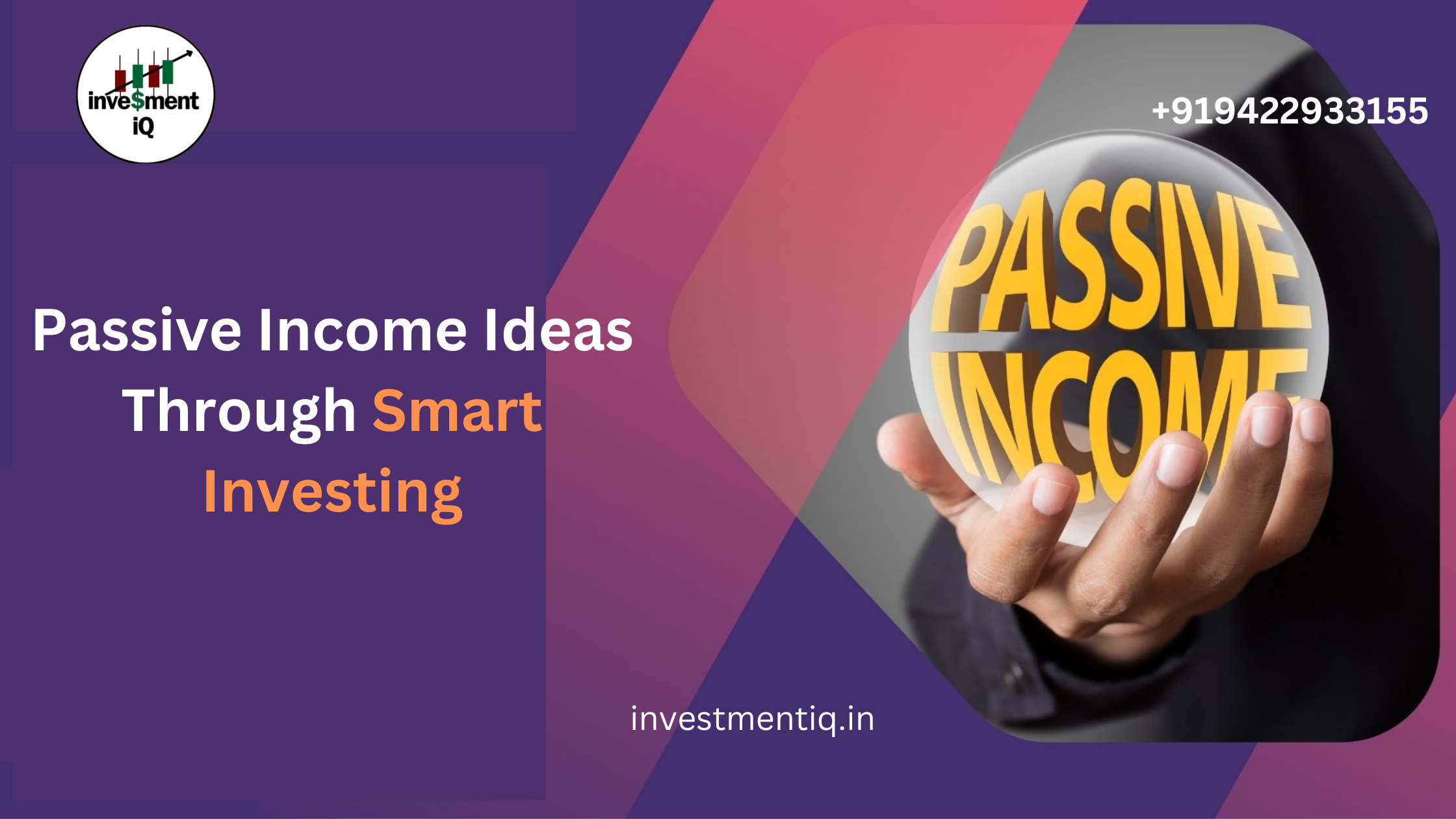Introduction
In today’s fast-paced world, many investors seek ways to generate passive income—money earned with minimal ongoing effort. Smart investing can unlock various income streams that require little day-to-day management. If you’re looking to earn without constantly working, passive income is a strategy worth exploring.
Let’s take a closer look at some smart passive income ideas and how they can work for you.
1. Dividend Stocks
What It Is:
Investing in dividend-paying stocks is one of the most popular passive income strategies. These stocks regularly pay a portion of their earnings to shareholders in the form of dividends.
How to Start:
- Focus on companies with a strong history of paying consistent and increasing dividends.
- Use a Dividend Reinvestment Plan (DRIP) to reinvest your dividends for compound growth.
Pros:
- Consistent income
- Potential for long-term appreciation
- Compounding effect if dividends are reinvested
Cons:
- Dividend payments are not guaranteed
- Stock market risk can affect dividends
2. Real Estate Investment
What It Is:
Real estate investing can generate passive income through rental properties. By purchasing properties and renting them out, you can receive regular monthly payments without having to actively manage the property.
How to Start:
- Buy single-family homes, multi-family units, or commercial properties.
- Alternatively, invest in Real Estate Investment Trusts (REITs) for more liquidity and less maintenance.
Pros:
- Tangible asset with appreciation potential
- Passive income through rent payments
- Tax benefits like depreciation
Cons:
- Initial capital required
- Property management may be necessary unless you hire a management company
- Market fluctuations can impact property values
3. Peer-to-Peer Lending
What It Is:
Peer-to-peer (P2P) lending allows you to lend money to individuals or businesses through online platforms, earning interest on the loans you provide.
How to Start:
- Choose reputable P2P lending platforms like LendingClub or Prosper.
- Start by investing in small loans, and diversify your investments to reduce risk.
Pros:
- High potential returns
- Opportunity to invest in short-term or long-term loans
- Portfolio diversification
Cons:
- Risk of default by borrowers
- Illiquidity in some cases, as loans are long-term
4. Bonds and Fixed-Income Investments
What It Is:
Bonds are debt instruments issued by governments or corporations. When you buy a bond, you’re lending money in exchange for regular interest payments.
How to Start:
- Invest in government bonds, municipal bonds, or corporate bonds.
- Bond funds or ETFs can offer easy diversification across multiple bonds.
Pros:
- Regular, predictable income
- Lower risk compared to stocks
- Suitable for conservative investors
Cons:
- Lower returns compared to stocks
- Sensitive to interest rate fluctuations
5. Creating an Online Course or E-Book
What It Is:
If you have expertise in a subject, creating an online course or writing an e-book allows you to generate income passively as people continue to purchase your content.
How to Start:
- Choose a topic that aligns with your knowledge and market demand.
- Use platforms like Udemy, Teachable, or Amazon Kindle Direct Publishing to publish your work.
Pros:
- Once created, the content can earn money indefinitely
- Minimal ongoing effort after the initial creation
- Potential for scalability
Cons:
- Initial time investment to create quality content
- Marketing and promotion are necessary for visibility
6. High-Yield Savings Accounts & CDs
What It Is:
While not a high-growth strategy, putting money into a high-yield savings account or certificate of deposit (CD) offers passive income through interest payments.
How to Start:
- Open a high-yield savings account with a reputable bank or online platform.
- Consider locking in funds for a longer period through a CD to earn higher rates.
Pros:
- Very low risk
- Guaranteed returns (FDIC insured)
- Easy to set up
Cons:
- Lower returns compared to other investment options
- Limited growth potential
7. Index Funds and ETFs
What It Is:
Index funds and ETFs (Exchange-Traded Funds) are low-cost, diversified investment vehicles that track market indices, offering both growth and passive income through dividends.
How to Start:
- Invest in a broad-market index fund or ETF.
- Choose funds with low expense ratios for better long-term growth.
Pros:
- Diversification with low fees
- Automatic exposure to a wide range of companies
- Regular dividend payouts
Cons:
- Exposure to market volatility
- No control over individual stock choices
Conclusion
Smart investing in passive income opportunities can create long-term wealth with minimal effort. Whether you prefer the stability of dividend stocks, the tangible value of real estate, or the simplicity of bonds, there are numerous ways to generate income while minimizing active involvement.




